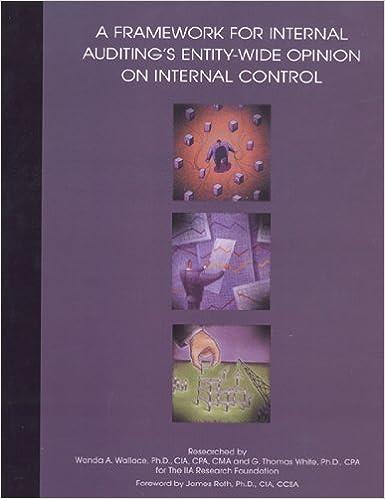




 Can someone explain to me how they got the numbers inside each box? Which equations?
Can someone explain to me how they got the numbers inside each box? Which equations?
Required information Problem 6-1A Perpetual: Alternative cost flows LO P1 (The following information applies to the questions displayed below.) Warnerwoods Company uses a perpetual inventory system. It entered into the following purchases and sales transactions for March Units Sold at Retail Units Acquired at Cost 80 units @ $50.60 per unit 215 units @ $55.60 per unit 240 units @ $85.60 per unit Date Activities Mar. 1 Beginning inventory Mar. 5 Purchase Mar. 9 Sales Mar. 18 Purchase Mar. 25 Purchase Mar. 29 Sales Totals 75 units @ $60.60 per unit 130 units l $62.60 per unit 110 units @ $95.60 per unit 350 units 500 units Problem 6-1A Part 3 3. Compute the cost assigned to ending inventory using (a) FIFO, (b) LIFO, (c) weighted average, and (d) specific identification. For specific identification, the March 9 sale consisted of 55 units from beginning inventory and 185 units from the March 5 purchase; the March 29 sale consisted of 35 units from the March 18 purchase and 75 units from the March 25 purchase. Perpetual FIFO: Goods Purchased Cost of Goods Sold Date # of units Cost per unit # of units sold Cost per unit Cost of Goods Sold Inventory Balance Cost per # of units Inventory unit Balance 80 @ $ 50.60 = $ 4,048.00 March 1 March 5 215 @ $ 55.60 80 215 @ @ $ 50.60 = $ 55.60 = $ 4,048.00 11,954.00 $ 16,002.00 March 9 $ 80 160 @ @ $ 50.60 $ 55.60 = = 4,048.00 8,896.00 12,944.00 @ @ $ 50.60 $ 55.60 $ March 18 75 @ $60.60 $ 50.60 $ 55.60 $ 60.60 March 25 130 @ $62.60 @ @ @ @ $ 50.60 $ 55.60 $ 60.60 $ 62.60 March 29 Totals $ 12,944.00 Perpetual LIFO: Goods Purchased # of Cost per units unit | Cost of Goods Sold Cost per unit Cost of Goods Sold # of units sold Date Inventory Balance Cost per Inventory # of units unit Balance $ 50.60 = $ 4,048.00 March 1 March 5 March 9 March 18 March 25 March 29 Totals $ 0.00 Weighted Average Perpetual: Goods Purchased # of Cost per Date units unit # of units sold Cost of Goods Sold Cost per Cost of Goods unit Sold Inventory Balance Cost per # of units Inventory Balance unit 80 @ $ 50.60 = $ 4,048.00 March 1 March 5 Average March 9 March 18 Average March 25 March 29 Totals $ 0.00 Specific Identification: Goods Purchased # of Date Cost per units unit March 1 Cost of Goods Sold # of units Cost per Cost of Goods sold unit Sold Inventory Balance # of units Cost per Inventory Balance unit 80 @ $ 50.60 = $ 4,048.00 March 5 March 9 March 18 March 25 March 29 Totals $ 0.00 4. Compute gross profit earned by the company for each of the four costing methods. For specific identification, the March 9 sale consisted of 55 units from beginning inventory and 185 units from the March 5 purchase; the March 29 sale consisted of 35 units from the March 18 purchase and 75 units from the March 25 purchase. (Round weighted average cost per unit to two decimals and final answers to nearest whole dollar.) Gross Margin FIFO LIFO Avg. Cost S pec. ID Sales Less: Cost of goods sold Gross profit





 Can someone explain to me how they got the numbers inside each box? Which equations?
Can someone explain to me how they got the numbers inside each box? Which equations?





